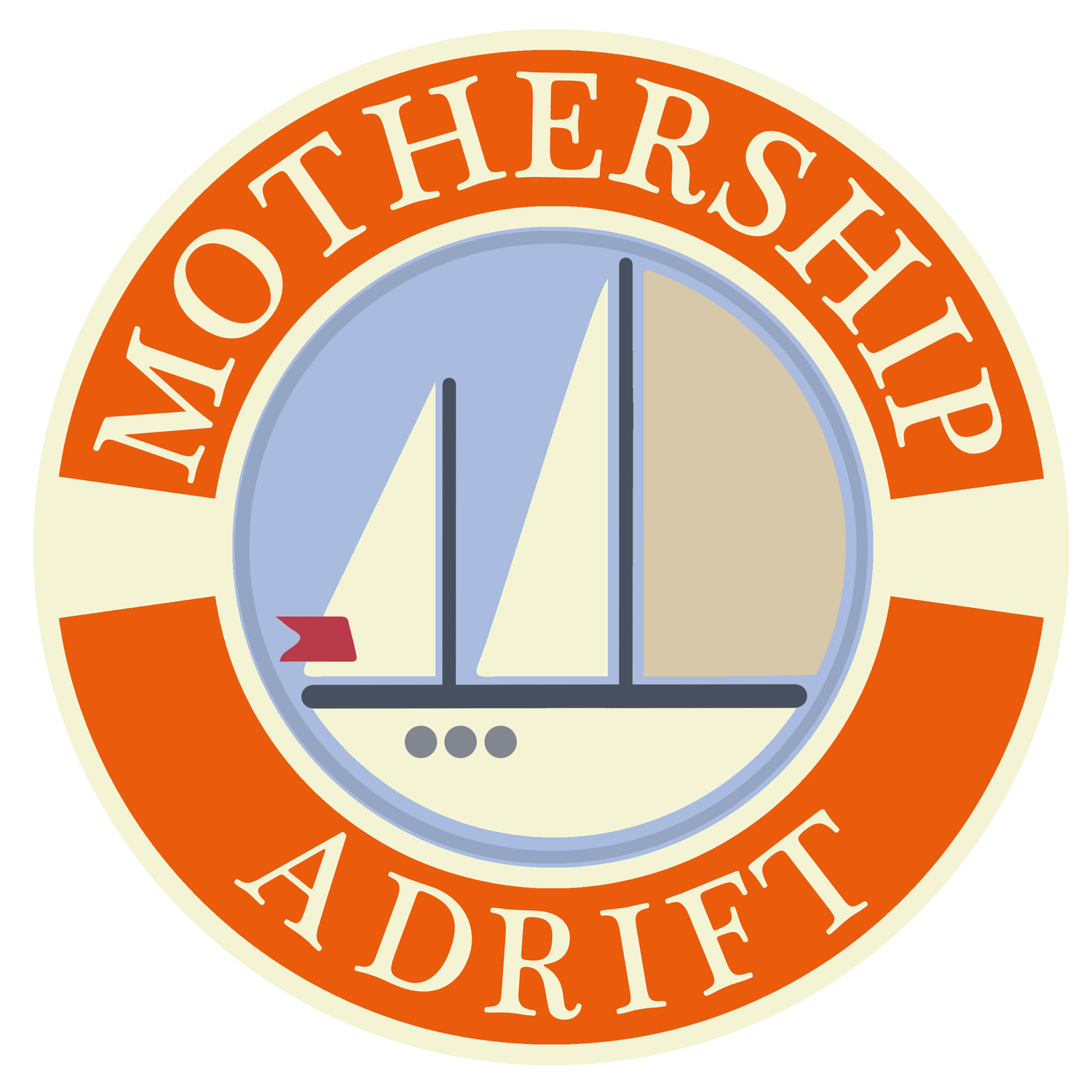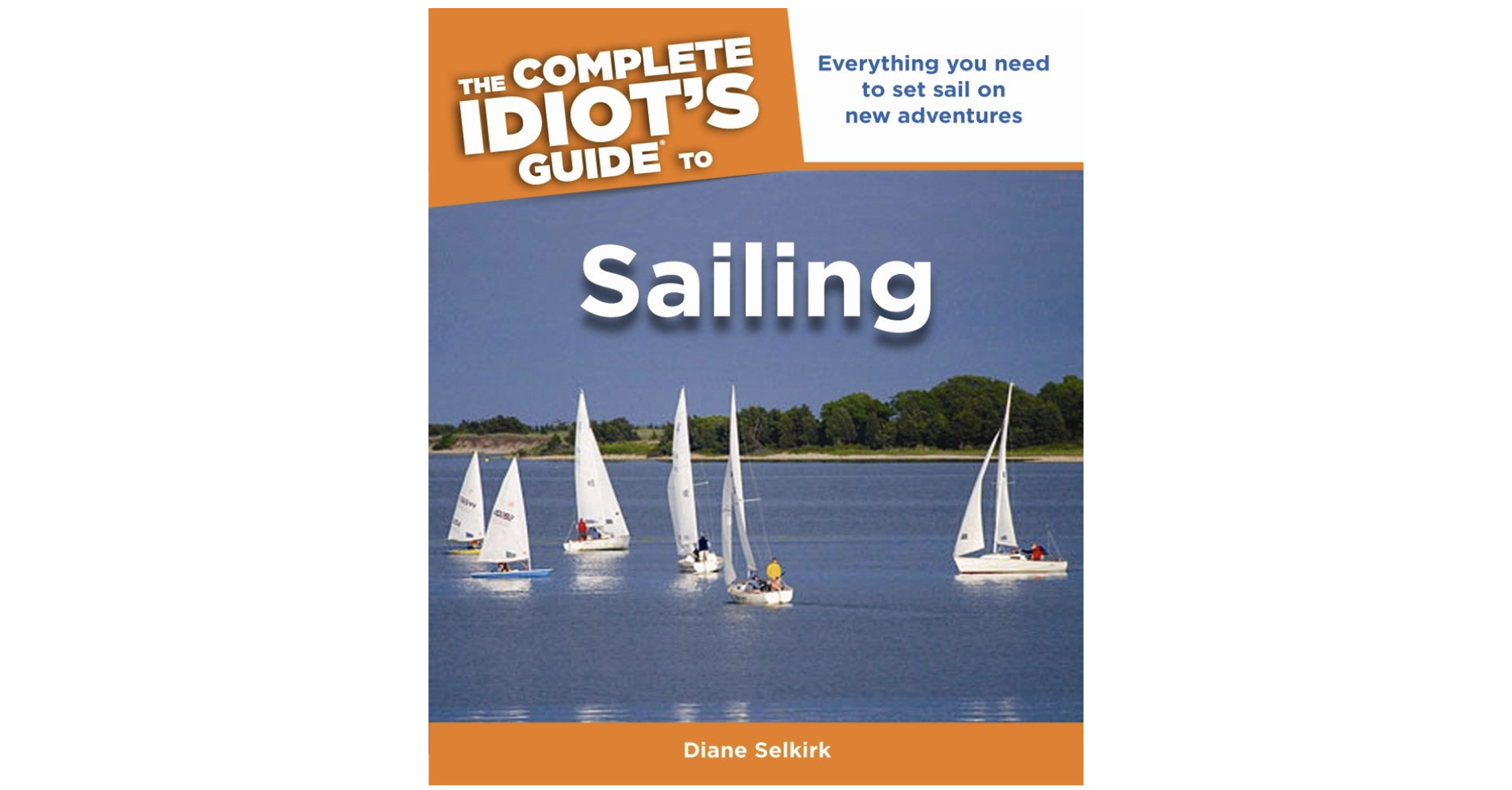A Suitable Sailboat for a Family Adventure.
What type of Sailboat is Suitable for my Family Adventure?
How can you explore different types and sizes of sailboats, considering factors like space, safety, and ease of handling for my family?
Choosing the right sailboat for a family adventure involves a careful balance of space, safety, and ease of handling. Consider opting for a cruising sailboat with a spacious and well-designed interior to accommodate family members comfortably. Catamarans and larger monohulls are popular choices for their generous living space and stability.
Safety features like deep cockpits, secure railings, and easily accessible life-saving equipment are crucial considerations. Look for sailboats with user-friendly rigging and sail systems (so not too old!), making it manageable for a family crew. Smaller sailboats can be more agile but might sacrifice space, so finding the right size that aligns with your family's comfort level is essential.
Research sailboat reviews and consider seeking advice from experienced sailors to ensure that your chosen vessel not only meets safety standards but also provides a cozy and adaptable space for your family's seafaring adventures.
Buying a boat is a painstaking process and everyone’s needs and criteria will be different. The ‘right’ boat is one of those subjects that has armchair sailors leaping for their keyboards and in that respect, seeking advice from sailing forums is as much a help as a hindrance and you can be given terribly inaccurate advice by self proclaimed ‘experts’.
Narrowing down the type of boat you want/need is a laborious endeavour. Even experienced boat owners can be prone to confirmation bias and old salty sea dogs can be out of touch with modern building techniques, equipment and woefully ignorant to your individual needs.
Quality brand names are bought and sold and factory locations change too, which can have a significant effect on build quality. Do your research, but don’t get bogged down in it too much or you might just you lose the will to live - let alone sail!
We ended up with a boat that we really hadn’t specified on paper, so the one thing to remember is this:
The ideal boat DOES NOT EXIST!
Once you realise this, it makes the search a little less fraught.
Even though the ideal boat does not exist, buying the wrong boat can break your dream. We’ve met people who haven’t moved in years because the boats they’d bought - even very reputable makes - needed extensive maintenance and upgrades that they simply hadn’t budgeted for. If you do go the fixer-upper route like us, set a budget that allows for 25% (of boat value) for refit, upgrades and unforeseen maintenance.
Bigger boats mean bigger ‘things’ like anchors, sails, rigging, winches and engines. You can mitigate labour costs by doing work yourself but parts and spares are generally unavoidable fixed costs. Engines, generators, solar, rigging, sails, tenders, batteries are all big-ticket items will leave your cruising plans floundering if you haven’t factored them into your budget. And remember, not going anywhere doesn’t save money - marina fees eat away your budget too.
Before deciding on brand, make or type of boat, there are some fundamental questions to ask:
What is your boat budget?
What is your cruising budget?
Where is your sailing area?
How many people onboard?
How good are your boat maintenance skills?
How long do you plan to go sailing for?
What quality of life do you want while cruising?
Is there a helpful support network/owners club for your make of boat.
Like choosing a house, it’s no good perusing large, detached houses in the suburbs when your budget only allows for a bedsit in the dodgy areas of town. Drooling over boats way outside of your budget will just lead to frustration and disappointment. Remember, an Ibizan sunset looks exactly the same from a multi million dollar super-yacht as it does from a sub 10k, 30’ Catalina.
There is no such thing as the ‘perfect’ boat or the ‘right’ time to leave – everything is a compromise.
Another important question is - do you buy a boat at market value which is a ‘turn key’ - ready to sail cruiser with up-to-date maintenance, upgrades and equipment.. or do you buy one at below-market value that needs some work? We went the fixer-upper route, and although we learnt a lot about boat maintenance, we didn’t save money in the long run. Buying a fixer-upper will nearly always take longer and cost more than you expect and can significantly delay your start date - especially if you’re living aboard at the same time - and even longer if you have kids!
Moving on to a boat before it’s ready can also sap your money, energy and confidence. There is ALWAYS something to fix on a boat - even a turn-key boat. No boat is ever 100% ready to sail, but going to sea in a badly maintained boat is asking for trouble. We set sail in a boat that wasn’t in the best state, but we figured we were in familiar coastal waters with a wealth of sailing experience working as flotilla skippers in that area. Even so, we were caught out with inaccurate weather forecasts and acute equipment failure which set our original sailing plans back for over a year.
Like a good accountant, a surveyor should save you money. A thorough survey as not an expense, but an investment!
Resale costs are another consideration. A saving made at one end of ownership can turn into a drain at the other as your boat sits on the Yachtworld, unsold and depreciating while racking up marina fees and maintenance costs. Better to buy a well-known brand, with a broadly calculable depreciation than an unrecognisable custom build with a limited resale market and unknown depreciation. There is also a wider support network with branded production boats with standard equipment and usually good documentation about known ‘issues’ which can easily be checked during the survey. Having said that, an honest trustworthy seller, with a wealth of knowledge and agreeing to a generous handover period is worth his weight in gold!
Also consider the size of your boat when wintering. We hadn’t planned to winter AT ALL - in fact our plan was to be at anchor 90% of the time - but spent 13 months of the first 20 in marinas with dehumidifiers and heaters going 24/7 and even when under way, we still spent many weeks in other marinas and yard dealing with repairs and maintenance. Mooring fees rise significantly for boats over 12m like ours, and this was a cost we hadn’t really budgeted for.
Check the out the equipment on your boat too. Unfamiliar makes can lead to significant delays when looking for parts and replacements. Dealerships and engineers for Volvo, Yanmar, Quick, Jabsco, Raymarine, Garmin, Victron etc., can be found in most places in the cruising world that will stock parts and equipment that will get you quickly on your way.
Waiting for parts to be flown in/out of out-of-the-way locations at great inconvenience and expense is a soul destroying experience. We once waited 6 weeks for a faulty battery charger to be repaired and returned and even longer for a faulty AIS unit that had to be returned, upgraded then returned again for repair because of a faulty component. It took months and it would have been cheaper and easier to just buy another model from the local chandler.
Searching for a bargain - not a boat!
Another slightly different approach is to search for a bargain and not a boat. By ‘bargain’ we don’t mean a complete lemon that has been decaying in a boat yard for years, but some sellers will give preference to a quick sale over a higher price. Once you have narrowed your search to say, half a dozen boats, a friendly approach and cheeky offer to several sellers might land you a great bargain.
If you do try a cheeky offer, tell the seller it’s no reflection on their boat’s condition, just the reality of your budget and if it’s not accepted, gracefully withdraw, let them know you’re looking at other boats but still in the market for theirs if circumstances change.
Even though a broker technically works for the seller, in reality they work for their commission. No sale = No commission. So, if your offer is genuine and uncomplicated, the broker may well end up pushing for your offer to be accepted.
Try online cruising forums and social media platforms too. Someone always knows someone selling a boat and will rarely recommend a boat they know to be in bad shape in full sight of their community.
A word of warning
Where you buy can have as much an impact on your buying experience as what you buy. De-registering a boat from a country like say, Italy can be Kafkaesque experience and buying in the Caribbean is fraught with transactional risks.
Our first boat buying attempt in early 2017 nearly ended in disaster. We’d saved for over a decade and finally made an offer on a boat anchored in the BVI’s, listed by a reputable broker on YachtWorld. We commissioned a survey, transferred the requisite deposit through a large trusted bank, then somehow our money.. just disappeared. After twelve frantic weeks of desperation and increasingly shrill communications, the email from the Yacht Brokers Association of America (YBAA) seemed to confirm our worst fears:
‘There are many incidents of wire transfer hacking [when buying boats in the Caribbean] where monies have been fraudulently directed to offshore accounts with no chance of recovery... We have no legal authority in this matter. ’
Seriously... many incidents?!
After we threatened widespread publicity of corrupt banking practices in the Caribbean, the money miraculous reappeared back into our bank account barely a month before hurricane Irma trashed every single boat in the anchorage and our dream survived by only the narrowest of margins.
⛵👨👩👧👦 #FamilySailing #SailboatSelection #AdventureAfloat
Further Reading: "The Complete Idiot's Guide to Sailing" by Diane Selkirk. A book that complements the advice on choosing the right sailboat for a family adventure.
While it covers a broad range of sailing topics, it includes valuable insights into selecting a sailboat suitable for families. The book breaks down technical aspects into understandable terms and guides readers through considerations like boat size, safety features, and ease of handling. Diane Selkirk shares her experiences of sailing with her family, providing practical advice for those embarking on similar journeys. "The Complete Idiot's Guide to Sailing" is available on Amazon and serves as a comprehensive resource for families looking to make informed decisions about their sailing vessel.
Do you have your own recommended reading material or other suggested resources on types of sailboats suitable for a family adventure, that could be included here? If so, drop us a line via the contact form.


